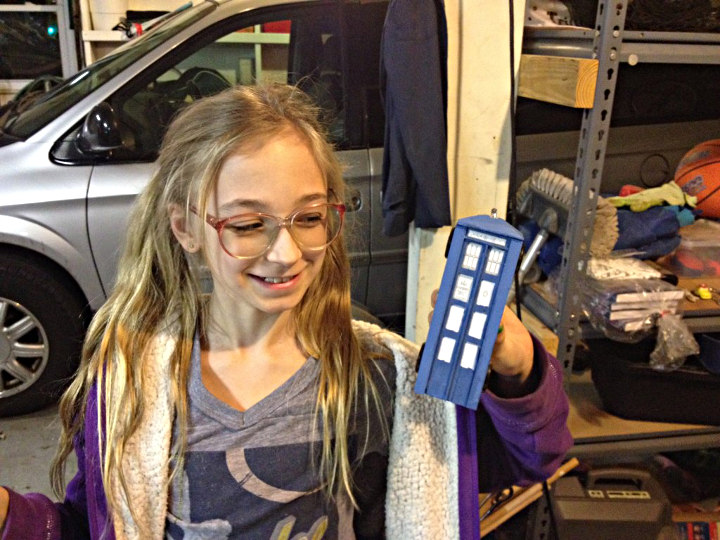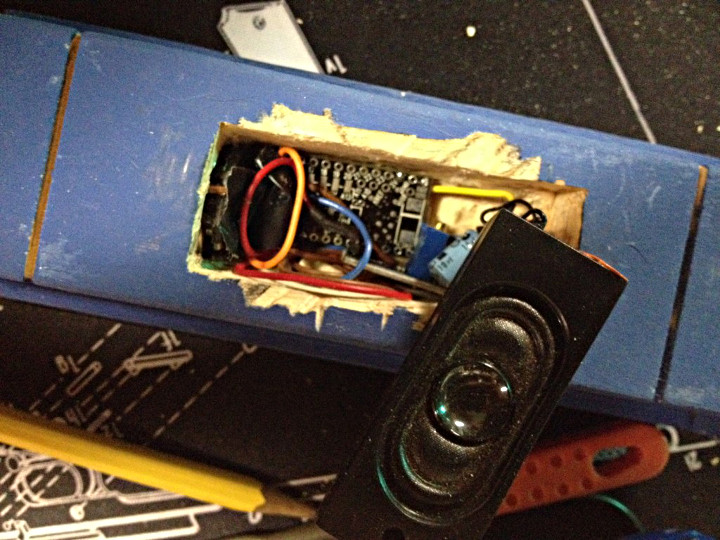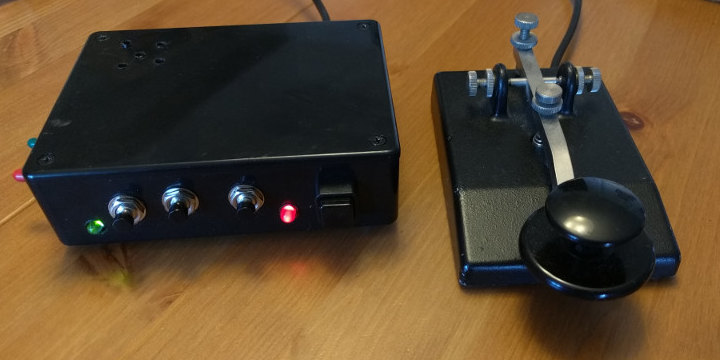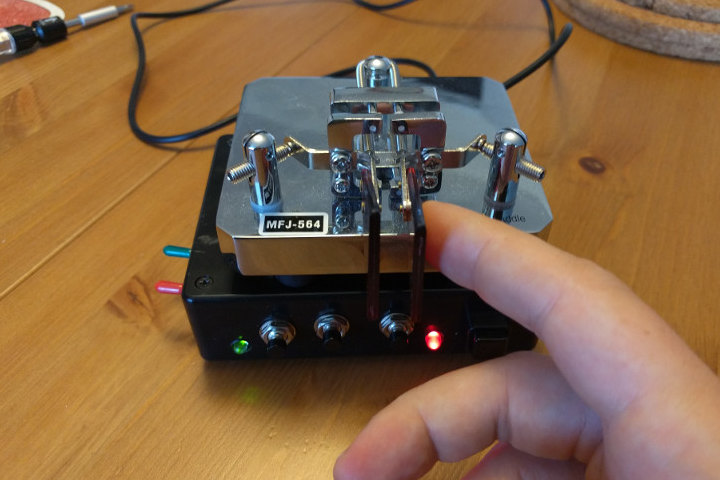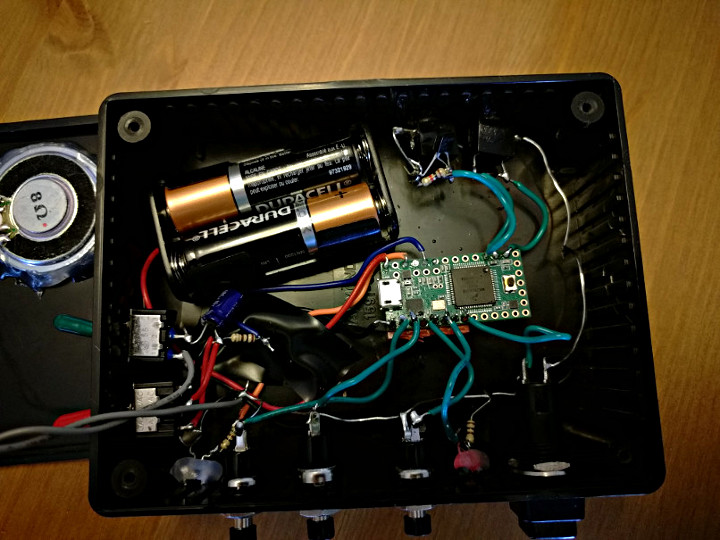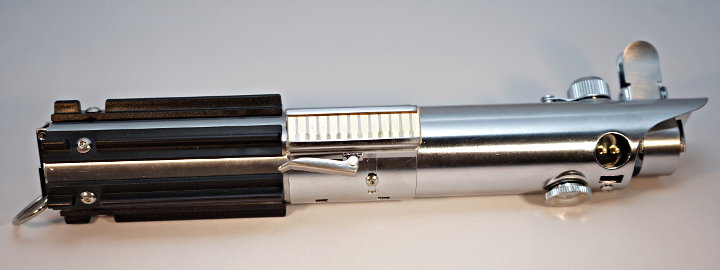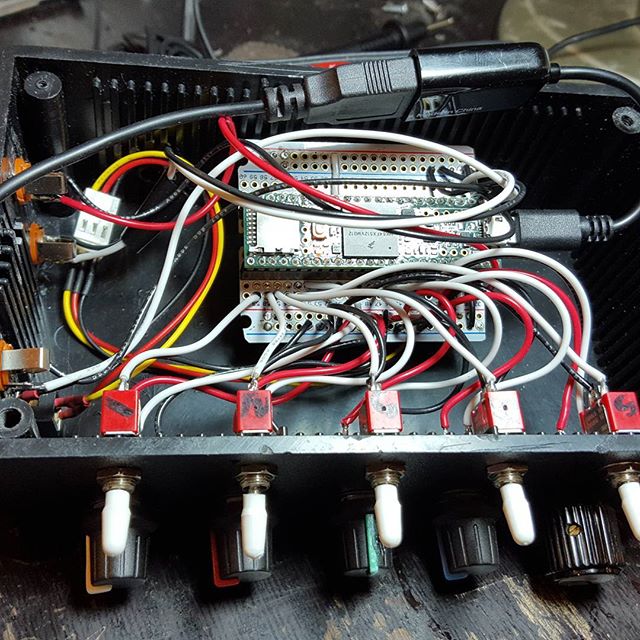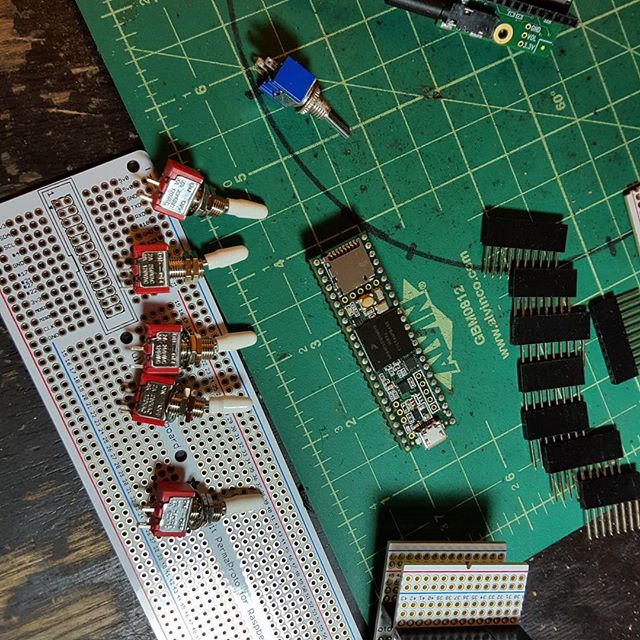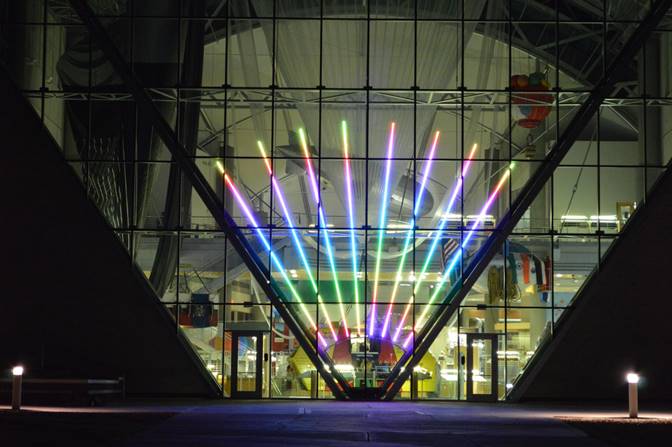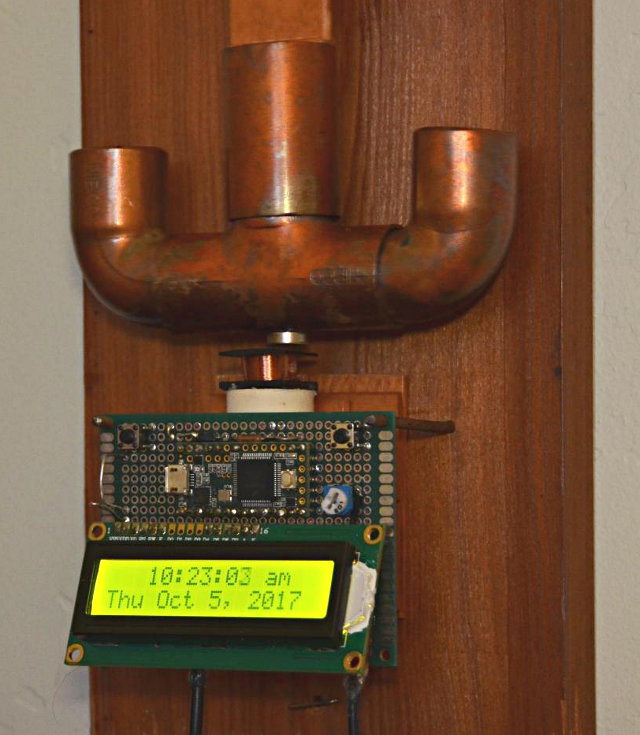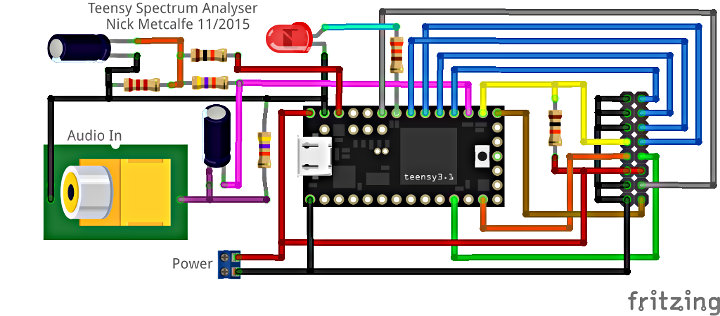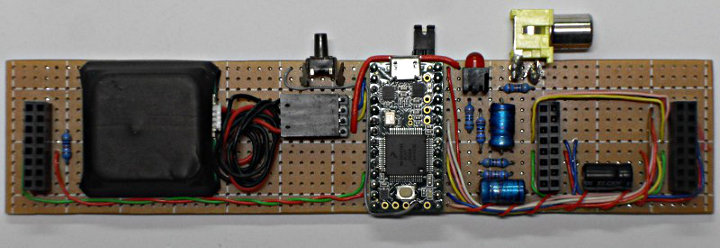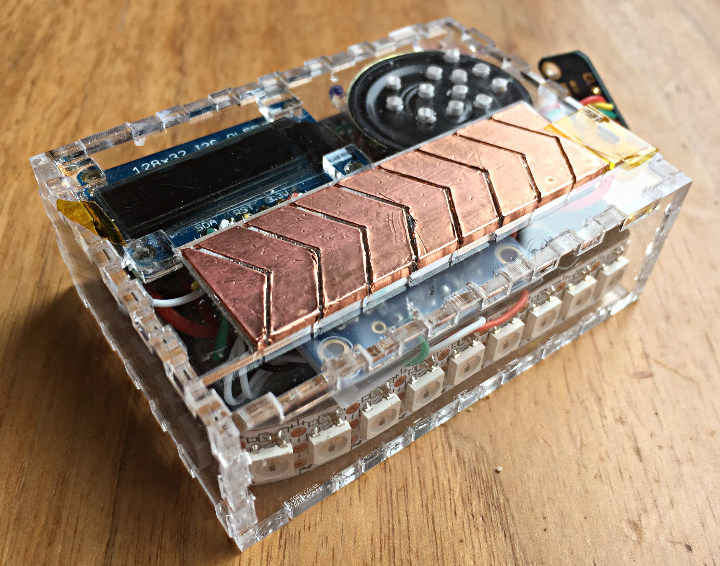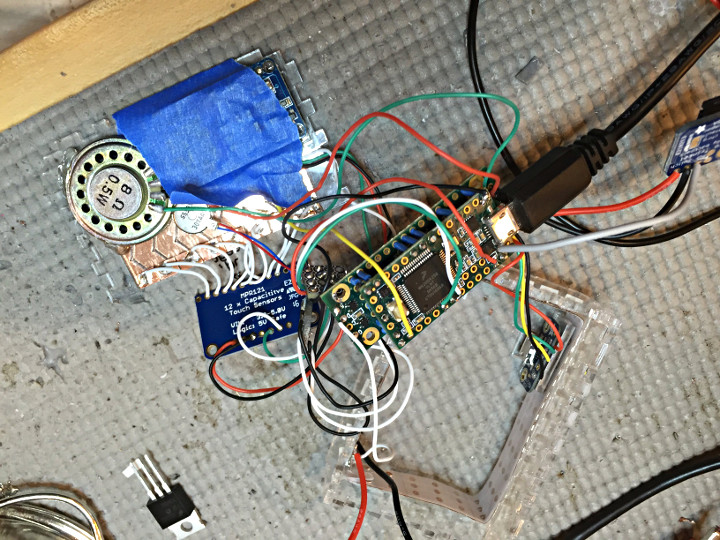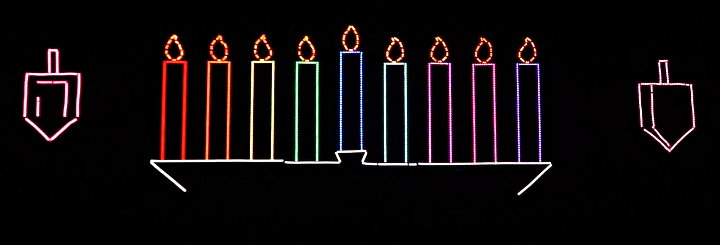Dave built a home heating monitor to collect data on the duty cycle of all the heating zones in his house in hopes better understanding the activity off all the zones in order to reduce oil usage and save a few bucks.
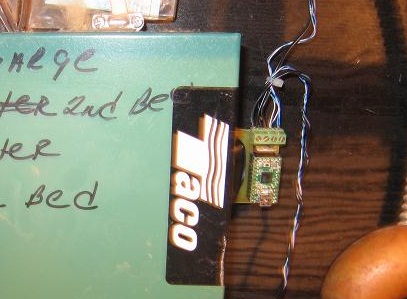
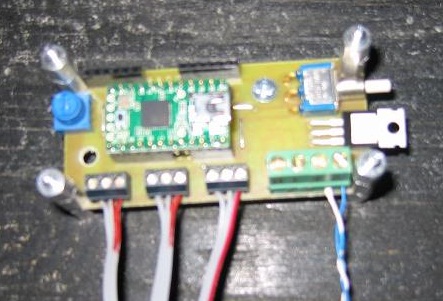
The first version of the project didn’t pan out so well. The controller used didn’t work out so well. In version 2 of the project Dave used Teensys to take data measurements and send the data another controller.

Dave found that storing the data on a webserver is easier than storing it in an embedded device, and displaying the data in HTML on a web page is more flexible that doing it in a Windows app.
